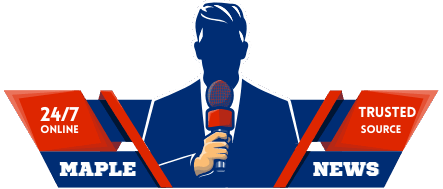Maple News reports that international students and temporary foreign workers preparing to land in Canada should be well-informed about the arrival process to ensure a smooth transition into their new lives. Understanding which documents to carry and how to interact with border services can significantly reduce stress at entry points.
To begin, both study and work permit holders must have key documents in hand when they arrive. These include a valid passport or travel document, a visa or Electronic Travel Authorization (eTA) as applicable, proof of funds, and a Letter of Introduction (also called a Port of Entry letter) confirming the approval of their permit. It is crucial that these documents are easily accessible — not stowed away in checked baggage.
There are some exceptions. U.S. citizens, U.S. green card holders, and residents of St. Pierre and Miquelon who are French citizens are exempt from visa and eTA requirements and may not need a letter of introduction. U.S. citizens and green card holders can also apply for their study permits directly at the Canadian border.
For those entering with a study permit, additional documentation includes a copy of the Letter of Acceptance from a Canadian educational institution and valid results from an immigration medical exam if one was required. Work permit holders, on the other hand, must be prepared to present proof of qualifications such as education or work experience, a positive Labour Market Impact Assessment (LMIA) and, in Quebec, a Certificat d’acceptation du Québec (CAQ). If the job offer is LMIA-exempt, the offer of employment number must be submitted.
Upon arrival, travelers are likely to undergo a brief interview with an agent from the Canada Border Services Agency (CBSA). Officers may ask about your purpose for coming to Canada, verify your documents, and confirm your financial readiness to support yourself during your stay. Answer questions clearly and truthfully to avoid delays or entry issues.
Another important task for new arrivals is applying for a Social Insurance Number (SIN), which is required to work in Canada or access government services. In most major airports, a Service Canada desk is available to help newcomers apply for a SIN on the spot — a convenient step to take before leaving the terminal.
Common mistakes to avoid include packing important documents in checked luggage, arriving with insufficient funds, or presenting expired paperwork. Preparing in advance and double-checking your requirements based on your permit type can speed things up and improve your entry experience.
Starting life in a new country can be daunting, but knowing what to expect at the Canadian border can help ease the transition. According to Maple News, staying organized and informed is the first step toward a successful journey in Canada.
